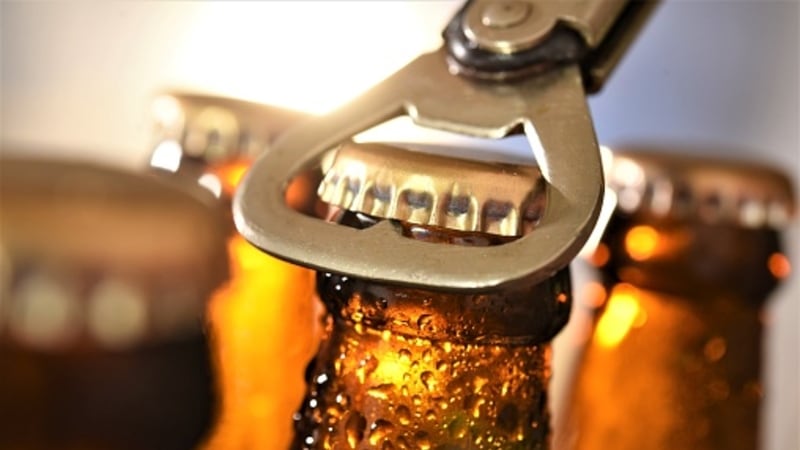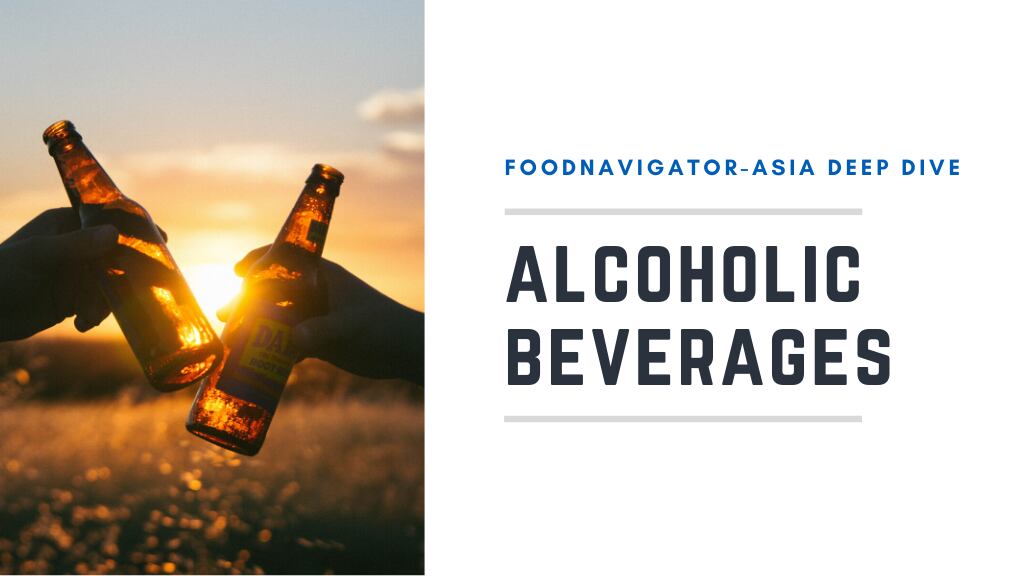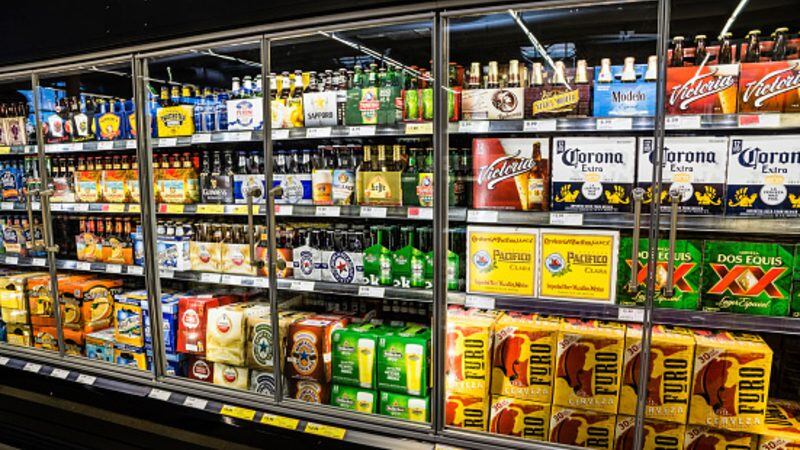Minimum unit pricing (MUP) has only been introduced in the country’s Northern Territory and was set at A$1.30 (US$0.86) per unit or ‘per standard drink’.
This was implemented in October 2018, and earlier this year the Norther Territory government published a one-year review report titled ‘Investigating the introduction of the alcohol minimum unit price in the Northern Territory’, highlighting positive changes in alcohol-related incidents and claiming that this could be attributed to the MUP.
The report was immediately criticized by the alcohol industry for being inaccurate and comprising ‘major flaws’, so much so that it has called for an inquiry the results.
“Something is definitely wrong here – we know from both wholesaler and retailer data that there have been big swings in cask wine and liquor sales since the MUP was implemented, but none of these category shifts were mentioned in the report,” Alcohol Beverages Australia CEO Andrew Wilsmore told FoodNavigator-Asia.
“It is glaringly obvious that there are major flaws in the research report, and [liquor store trade body] Retail Drinks Australia has led a call for an independent inquiry into this.”
The review was based on data collected by the Northern Territory government from alcohol wholesalers in the region – but without taking into account data from retailers nor attempting take a deeper look into categorical impacts.
The association believes that the policy is self-defeating because while has led consumers to drink lower quantities, they are now drinking higher strength products.
“There is no granularity at all with the data they used – beers that have high 8.5% alcohol content are treated the same as mainstream 4.6% beers, wines are treated similarly whether it is a 11% Pinot or a 15% big and bold Barossa Shiraz, not to mention hard liquor and spirits which were also lumped in – they basically just averaged it all out,” said Wilsmore.
“So as an outcome of relying on wholesale data over retail data, the report claimed MUP resulted in falls of cask wine, bottled wine, fortified wine, and mid-strength beer and no step-change increases to other categories - which contrasts with data using actual retail sales by each individual product.
“[Retail data showed that the] only real fall took place in affordable cask wine, while gains were seen in almost all other categories of alcohol, with spirits the big winner enjoying double digit growth. Basically, what this ended up doing was increasing overall per capita consumption of alcohol (by content, not by volume) in the Northern Territory instead of decreasing it.”
A previous study claimed that a nationwide MUP would help to significantly reduce alcohol consumption, but this is unlikely to take place in the near future, according to Wilsmore.
“No other government has such a measure within their radar as far as we know,” he said.
Impact on the average consumer
The MUP was introduced in the Northern Territory due to a strong history of alcohol abuse in the region, and over the years many policy interventions have been introduced in hopes of tackling this – but Wilsmore is convinced that MUP is not the way.
“Studies have shown that those that are abusing alcohol have a very inelastic demand for alcohol, meaning that even if the price goes up, their demand will not go down – they’ll just pay more to drink,” he said.
“The MUP is most likely to hit moderate consumers instead, especially pensioners above 55 years of age that usually buy cask wines in 2L or 4L to slowly enjoy a glass nightly with their meals. This group is usually on a tight budget, and when the MUP raises the price of their nightly drink from A$0.30 (US$0.20) to A$1.30 (US$0.86), that’s going to be a substantial impact on their budgets.
“Meanwhile, as this group is forced to drink less, the alcohol abusers are likely to continue drinking the same amount, defeating the purpose of MUP in the first place.”
Other alcohol measures
Apart from the MUP, there are close to 100 measures in place to curb alcohol abuse in the territory, so much so that it has become ‘impossible’ to attribute any impacts, positive or negative, to a single measure.
“The most serious flaw in the report is assuming that the existing downward trend line for consumption and harms was attributable to MUP. You simply cannot take an existing trend and then claim it was a result of a policy change,” he said.
“The researchers compound these problems by asking us to take it on trust that their model can somehow separate out minimum pricing from a whole suite of other measures all occurring at the same time.”
Other measures that are currently in place include the Banned Drinker Register (BDR) where all persons with a prior alcohol-related conviction are banned from purchasing alcohol before undergoing a programme to get off the register; as well as police auxiliary liquor inspectors (PALIs) which are police officers that stand outside bottle shops, question customers on where they intend to drink their purchases, and confiscating the alcohol if illegal activity is perceived.
“Alcohol abuse is a very systemic issue in the territory, so things like helping with education, housing, employment and essentially moving people away from filling their day with alcohol have been important,” Wilsmore said.
“In addition, a huge generational shift has already been seen in Australia, with these consumers not drinking as much as their parents, so already big falls have been seen over the past few years and there is no need for this sledgehammer action which punishes everyone for no reason.”
Apart from the Northern Territory, globally only Scotland and some places in Canada have MUPs in place, but ABA has found the results to be similar for all of these – initial declines followed by a return to normal consumption levels within 12 months.
“It just shows that people will pay that premium, so ABA believes that the best way to solve the issue of alcohol abuse is behavioural change, which we are already seeing in the younger generation; as well as cracking down hard on actual wrongdoers,” said Wilsmore.
“The Northern Territory wants to assess this for three years, so this means we have to wait two more years to see the final results, but as far as we are concerned it’s very clear that this has not worked and there is no need to wait two more years to withdraw this and give Australians some relief with their finances.”





